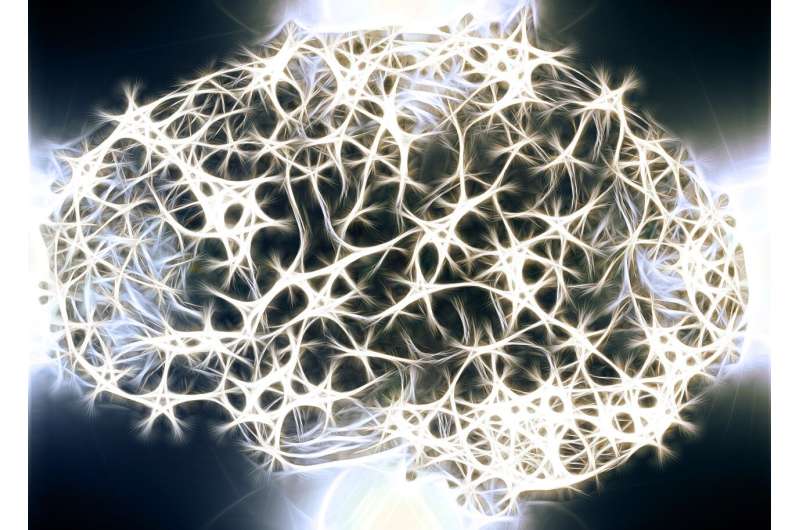This article has been reviewed according to Science X's editorial process and policies. Editors have highlighted the following attributes while ensuring the content's credibility:
fact-checked
peer-reviewed publication
trusted source
proofread
Real-time magnetic resonance imaging during convective gene therapy in brain

Real-time magnetic resonance (MR) imaging during gene therapy in the nervous system provides foundational impact on optimizing the effectiveness, safety and efficiency of gene therapy delivery to the nervous system.
Researchers with The Ohio State University Gene Therapy Institute and The Ohio State University Wexner Medical Center and College of Medicine explain more in the journal JAMA Surgery.
Direct intraparenchymal delivery of gene therapy for neurodegenerative, metabolic, and enzyme deficiency diseases has been employed in a number of "first-in-human" clinical trials around the world, including several led by Ohio State's Krzysztof S. Bankiewicz, M.D., Ph.D.
Ohio State is pioneering this specific type of gene therapy that is delivered directly into the parenchyma, which is a type of tissue consisting of cells that carry out an essential function in the nervous system.
"Real-time magnetic resonance imaging of gene therapy delivery to the nervous system will be more broadly applied over the next three to five years as the number of sites with the needed infrastructure and expertise continues to increase," said co-author Bankiewicz, who is chief scientific officer of the Gene Therapy Institute and professor of surgery in the Ohio State Department of Neurosurgery.
Adoption of this innovation will continue to grow rapidly with the expanding use of intraparenchymal gene therapy and can be applied to future trials and related clinical care. Specifically, this can enhance safety, understanding of distribution parameters and insights into efficacy, said Bankiewicz, who holds the Gilbert and Kathryn Mitchell Endowed Chair at Ohio State Wexner Medical Center.
Use of image-guided direct intraparenchymal gene therapy in the brain has been defined in several neurological disorders, including neurodegenerative (Alzheimer, Huntington and Parkinson's disease) and neurotransmitter disorders.
"Ultimately, this should improve the biologic and clinical understanding of therapeutics, which will lead to optimal clinical care for patients undergoing direct intraparenchymal nervous system gene therapy. Moreover, imaging findings will inform critical insights that can lead to future refinements in delivery parameters," said first and corresponding author Asad S. Akhter, M.D, a neurosurgery resident at Ohio State.
Bankiewicz has led studies with children who underwent gene therapy for the treatment of neurotransmitter disorder, aromatic l-amino acid decarboxylase (AADC)-deficiency. Because they lack the AADC enzyme, patients with AADC-deficiency cannot produce the neurotransmitters dopamine and serotonin.
Pre-infusion clinical findings included developmental delay, lack of verbalization, hypotonia, incapacitating oculogyric crises, lack of nuchal control, autonomic dysfunction, as well as the inability to sit, stand or walk independently. Post-infusion, patients exhibited complete resolution of oculogyric crises, improved autonomic control and regained the ability to sit independently, walk and speak.
There are several advantages to using real-time MR-imaging during convective gene therapy, including the ability to confirm accurate cannula placement and to optimize target structure perfusion.
"This type of innovate gene therapy allows for maximal target-site perfusion using 'infuse-as-you-go' techniques," said co-author Russell Lonser, MD, director of Ohio State's Gene Therapy Institute and professor and chair of Ohio State's Department of Neurosurgery.
More information: Asad S. Akhter et al, Real-Time Magnetic Resonance Imaging During Convective Gene Therapy Perfusion of the Brain, JAMA Surgery (2024). DOI: 10.1001/jamasurg.2023.3852



















